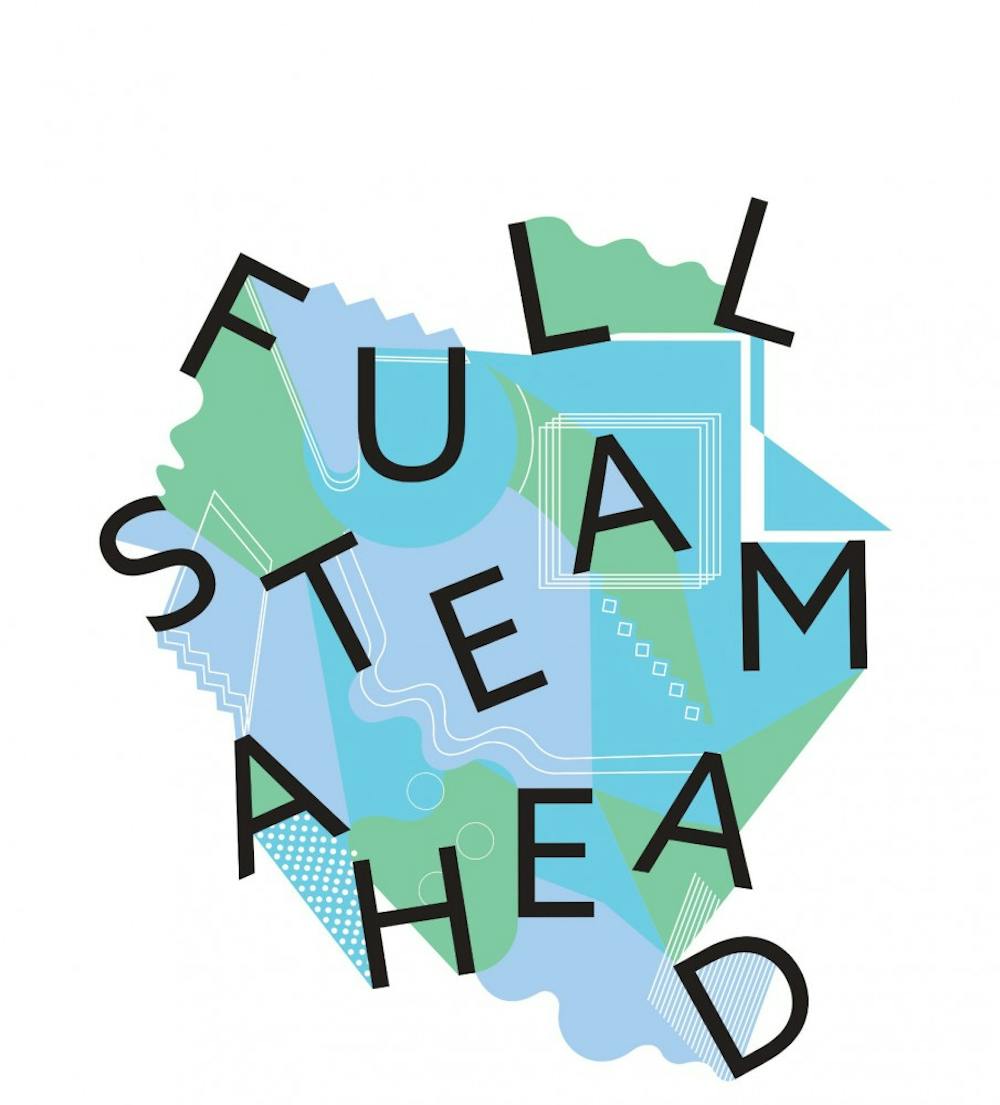Illustration by Meredith Price
Nothing worthwhile ever happens in a vacuum. The cultural, social and artistic climate we inhabit is a result of the osmosis of opposite forces – behind every movement of art is an equally impactful scientific or sociological enlightenment. The great modernist movement would perhaps not have taken shape without the social uncertainty cast by the Communist Manifesto. Naturalist painting would not have been a reality without the mathematical development of linear perspective by Filippo Brunelleschi. Apple, the epitome of science, technology, engineering and math (STEM) innovation, based its elegant, functional designs on the Bauhaus design school and movement. Each of these advancements relied on an integration of STEM and artistic knowledge, but there seems to be a disconnect between the two fields at the university level.
"Any arts student will probably tell you the same thing,” said Jessie Ary, a fourth-year media arts student, "STEM students are very vocal about thinking that art majors don’t have to do any real work, or that it’s something everybody can do."
This perceived judgment is most likely rooted in our secondary education – a traditional core curriculum revolves around math, science, English and language arts. Studio art, music and drama classes are electives, and their existence is often contingent on funding.
But not every STEM student is as critical as perceived. Jamie Kase, a second-year chemical engineering student, actually envies art students for the ability to use their creativity constantly. "Engineering requires a lot of time, effort, attention to detail and creativity,” she said. "After using so much of our left brain on a daily basis, I know it would be beneficial if we used these characteristics in more of a right brain manner to balance out our course load and stress levels."
Jamie isn’t the only one that thinks this – hundreds of studies have shown that integrated arts programs not only improve test scores, but decrease disciplinary issues and increase graduation rates.
While the positive effects of integration are undeniable, the arts shouldn’t be seen just for their utilitarian value. Justifying their inclusion based on their effects on test scores rather than their holistic and individual value does both arts and STEM students a disservice.
“This is why some STEM student have it all wrong,” Ary added. “In the arts you have to appeal to an audience and deal with rejection. Jobs aren’t guaranteed, so for my personal skillset a major in STEM would be an easy way out.”
Luis Rodriguez, a third-year computer science major agrees. “Arts are a skill just like anything else,” he said. “Everyone has different interests and abilities; I just happen to love math.”
Despite varying interests and skills, students seem to agree that they benefit from a more integrated curriculum – this is why some schools and universities now have STEAM programs, with an added A for “arts.” USC may not be there yet, but in the meantime, students like Kase and Rodriguez encourage their peers to try a class in the arts.
Although science and art seem to be on opposite ends of the academic spectrum, in actuality, they couldn’t be closer. Both fields are attempting to describe or interpret the world around us, and both require outside influences to be successful in doing so. Cultural advancement is historically brought to us through a delicate synergy of industrial advancement and artistic imagination. Neither art nor science are completely self-sufficient, and our curriculum may better serve its students if it reflected this.

